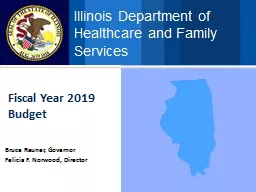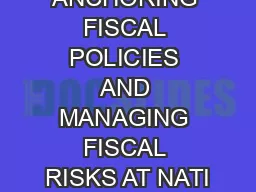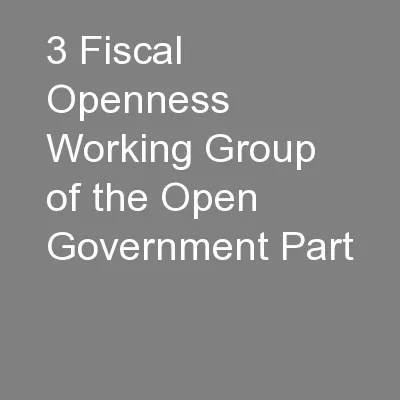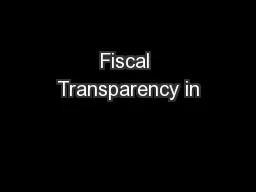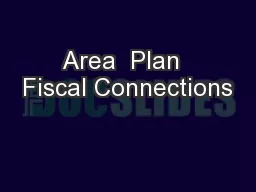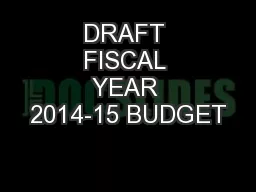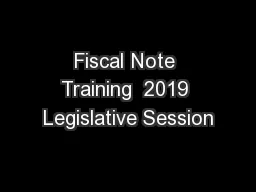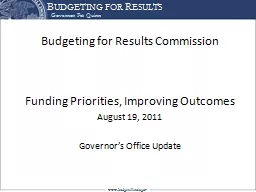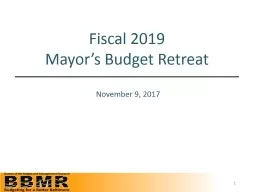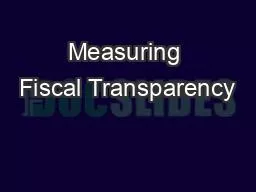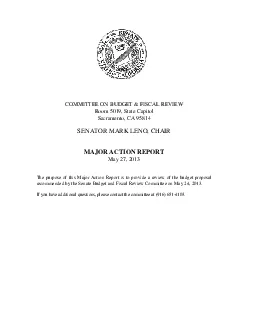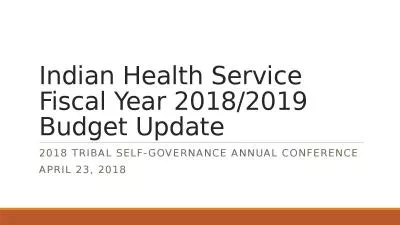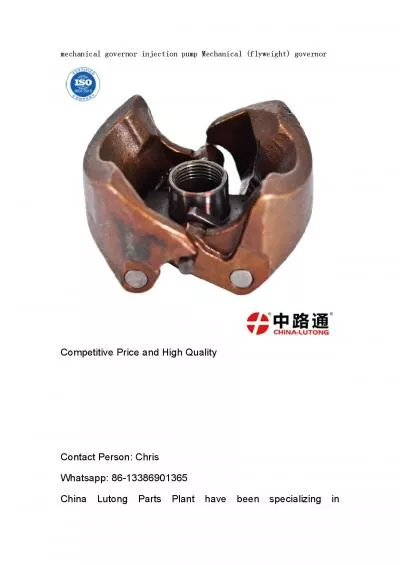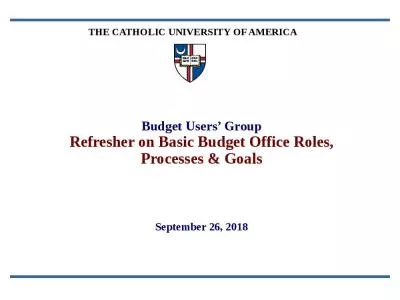PPT-Fiscal Year 2019 Budget Bruce Rauner, Governor
Author : faustina-dinatale | Published Date : 2018-11-09
Felicia F Norwood Director Illinois Department of Healthcare and Family Services HFS Mission The Department of Healthcare and Family Services is committed to Ensuring
Presentation Embed Code
Download Presentation
Download Presentation The PPT/PDF document "Fiscal Year 2019 Budget Bruce Rauner, Go..." is the property of its rightful owner. Permission is granted to download and print the materials on this website for personal, non-commercial use only, and to display it on your personal computer provided you do not modify the materials and that you retain all copyright notices contained in the materials. By downloading content from our website, you accept the terms of this agreement.
Fiscal Year 2019 Budget Bruce Rauner, Governor: Transcript
Download Rules Of Document
"Fiscal Year 2019 Budget Bruce Rauner, Governor"The content belongs to its owner. You may download and print it for personal use, without modification, and keep all copyright notices. By downloading, you agree to these terms.
Related Documents

